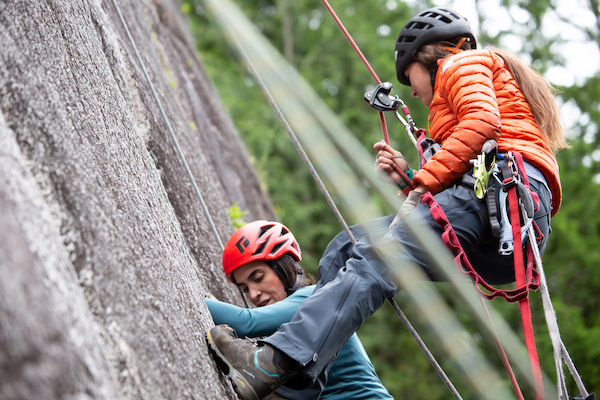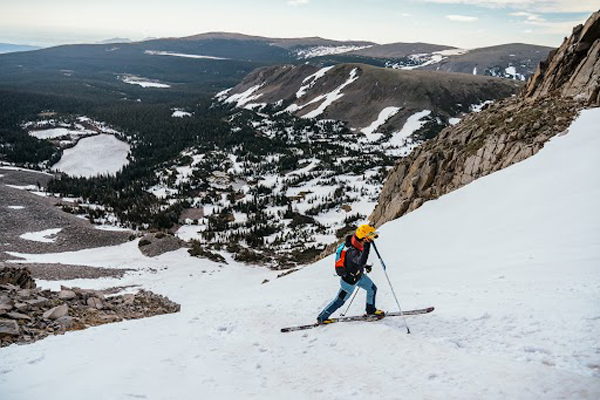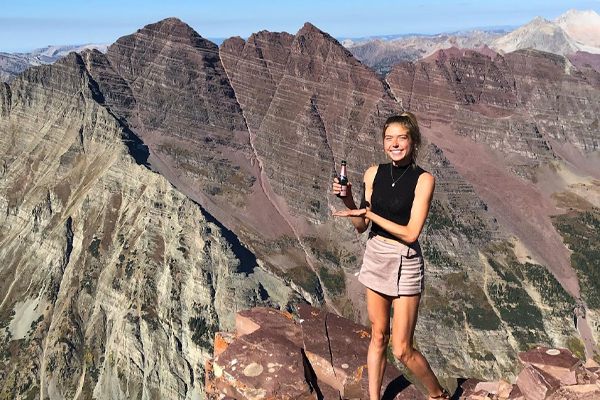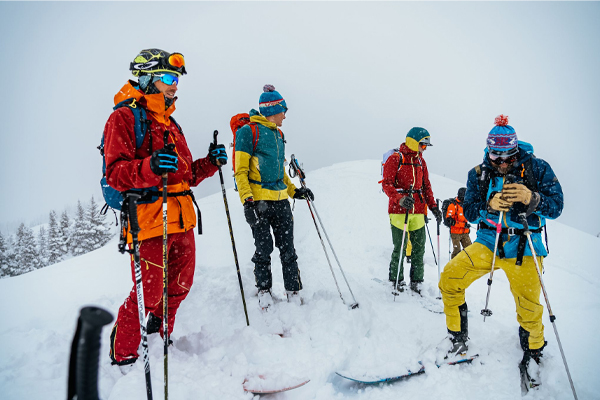Hiking Black Elk Peak and Nearby Areas

Visit Black Elk Peak, two national parks, Devil's Tower and Mount Rushmore on your next big road trip.
- - -
In the Black Hills of South Dakota, the tallest peak east of the Rocky Mountains is steeped in history and beauty. Looming 2,900 feet above the surrounding treetops and valleys of the Black Elk Wilderness area, Black Elk Peak offers visitors a 7,242-foot summit, fantastic hiking, and an opportunity to learn about the Lakota Sioux tribe, who treat the peak as sacred ground. To make your trip complete, plan on checking out the surrounding sites: Mount Rushmore, Devil’s Tower, and two national parks.
History of Black Elk Peak
Formerly known as Harney Peak, in 2016 the name was changed to Black Elk Peak to honor a Lakota Sioux medicine man who received his great vision from the mountain at just nine years old. Black Elk began hearing voices and having visions when he was four years old, but in his vision on this mountain, he was visited by the six ‘Grandfathers’ who told him about his personal destiny.
Crazy Horse’s second cousin, and an educator in the 1930s, Black Elk was responsible for teaching tourists about Lakota culture and traditional rituals. As a sacred site in the Black Hills, many believe that it was originally known by the Lakota Sioux as ‘Hinhan Kaga’ (or ‘Making of Owls’), due to the fowl-shaped rock formations. Majestic views, abundant wildlife, and incredible geology make Black Elk Peak one of the most popular mountains to summit in the region today.
The Approach
Located in Custer State Park— South Dakota's largest and oldest state park —an entry fee is required to access the peak and surrounding trails. Once inside the gates, choose from a few different approaches to reach this historic summit, but Trail 9 from Sylvan Lake is the most popular route. Seven miles round trip with just over 1,000 feet in elevation gain, this trail is easy to follow and is an accessible adventure for hikers of varying levels of experience. Still, Trail 4 (also starting at Sylvan Lake) may be the more scenic route of the two, and clocks in at 6.5 miles round trip. On the way, you will pass Little Devils Tower and the stunning geological formation known as Cathedral Spires. Check the trail map for other alternate, longer approaches.
En route, watch for wildlife such as elk, deer, mountain goats, bighorn sheep and even pronghorn antelope roaming near the trail. A stone masonry tower acts as a landmark as you near the summit. Built in 1938 by the Civilian Conservation Corp, the current tower replaced the first structure from 1920, and served as a fire lookout post until 1967. While the true apex of Black Elk Peak is a few hundred feet away from the building, the view from this rocky outcropping is one that you won’t soon forget. Camping is permitted for those wishing to extend their time on the mountain, but know that it is prohibited within a quarter mile of the summit.
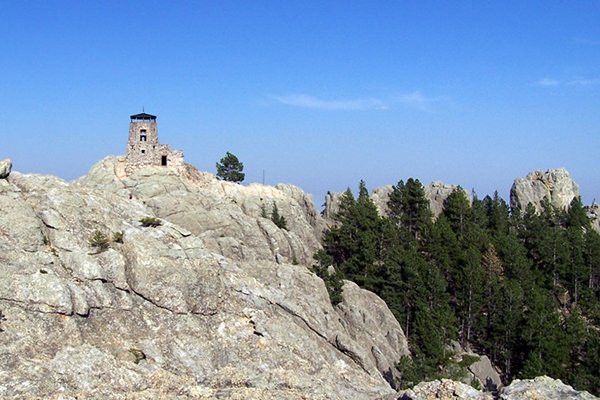
Nearby Areas to Explore
Once you have summited Black Elk Peak and had your fill of the view, check out these nearby national parks, and tick off Mount Rushmore and Devil’s Tower while you’re at it!
Mount Rushmore
Thirty miles northeast of Custer State Park sits the incredible man-made Mount Rushmore and the unfinished Crazy Horse Memorial. If you do visit Mount Rushmore, hike the often overlooked Presidential Trail. It’s just a half-mile long, but will give you an up-close view of the four faces away from the crowds.
Badlands National Park
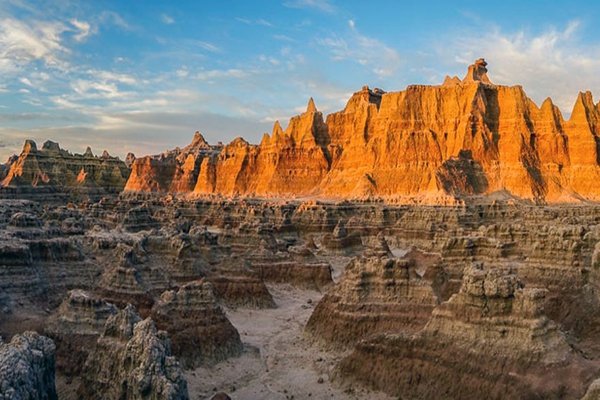
An hour’s drive southeast of Custer State Park brings you to Badlands National Park, with walking trails that weave through layered rock formations. Full of rugged beauty, the 244,000-acre park holds one of the world’s richest fossil beds, where you can see the remains of mammals such as the rhino, horse, and saber-toothed cats.
Wind Cave National Park
Thirty minutes south of Custer State Park, explore the sights at Wind Cave National Park, one of the longest and most complex caves in the world. Above ground, bison, elk and prairie dogs roam the gentle hills, while geological anomalies like popcorn, frostwork, dogtooth spar crystals, flowstone, and boxwork rock formations hide below. Cave tours are offered year round and should be on your trip to-do list (unless you experience claustrophobia).
Devils Tower
Finally, drive two hours northwest of the park across the Wyoming stateline to explore the country’s first national monument, Devils Tower. Rising 867 feet from base to summit, the best way to experience the tower is by climbing it. While the original first ascensionists (two local ranchers) used wooden ladders, we recommend scheduling a guide and bringing your rack and rope (or two, as ropes commonly get caught in a snag on the rappel). As the magma flow that formed the tower cooled, it left behind deep cracks that now lend themselves to some of the best traditional crack climbing routes (ranging from 5.6 to 5.12) in the country.
Also a popular stargazing destination, this area is a great spot to see the Ursa Major (the ‘Great Bear’) constellation. Between the spring equinox and summer solstice, you can also see the arrangement of stars that the Lakota tribe called the ‘Sacred Hoop.’
Preview Photo: © Navin Rajagopalan
Photos 1 & 2: © blucolt & © Len Saltiel, respectively
Originally written by RootsRated for La Sportiva.





